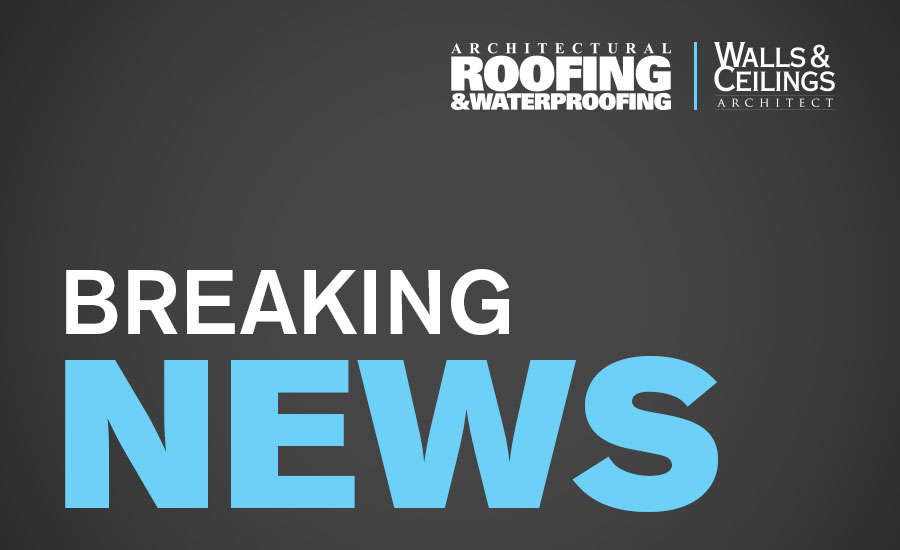Aerial Imagery for Reconstruction of Sandy Impact

 NEW YORK, N.Y. — As the effects of Superstorm Sandy continue to unfold, government agencies, counties, utilities and major insurance carriers are turning to a oneof- a-kind technology to help them better assess the extent of the devastation: high-resolution, oblique aerial imagery shot from a fleet of custom-built, low-flying airplanes.
NEW YORK, N.Y. — As the effects of Superstorm Sandy continue to unfold, government agencies, counties, utilities and major insurance carriers are turning to a oneof- a-kind technology to help them better assess the extent of the devastation: high-resolution, oblique aerial imagery shot from a fleet of custom-built, low-flying airplanes.
Aircraft from Rochester, N.Y.-based Pictometry International Corp. were rapidly deployed to many of the hardest hit areas, making low-altitude flights over the region. The company has already collected more than 160,000 data-rich, Sandy-specific images – 1.2 terabytes – that allow for before-and-after comparisons of property damage directly from desktops, tablets and other mobile computing devices.
Select images are now available for public view at http://www.pictometry.com/sandy
Counties such as New York City and Ocean (N.J.) are employing Pictometry data to assist with clean-up; a primary electric utility is using the organization’s images for restoration in Westchester County; a telecommunications giant is tapping the images to rebuild its infrastructure; and major insurance carriers are overlaying policy and storm data on parcel maps to speed claims review.
“We are honored to be able to contribute to the recovery efforts by providing the tools responders need to better restore power, services and safety in communities that were hardest hit,” said Rick Hurwitz, chief executive officer of Pictometry. “Our unique aerial oblique imagery is providing a before-and-after comparison of the affected area so officials can assess the damage, more efficiently execute their recovery plans so that residents and business owners can begin rebuilding.”
Unlike traditional satellite (top down) imagery, Pictometry’s planes capture high-resolution images at an oblique angle, rendering structures and objects easier to identify and analyze. The images show each side of every structure, roadway and outdoor object. Since each pixel is individually geo-referenced, users can quickly and accurately measure height, distance, altitude, and surface area directly on the images in real-time.
Pictometry’s vast library of over 210 million images are typically updated every two years – or more often if required, as in the case of Superstorm Sandy – giving users a point of reference to make meaningful comparisons.
In the event of a natural disaster, having a before-and-after comparison of the affected area aids those who work in disaster recovery (e.g. clean-up teams, utility crews, emergency response teams, and insurance adjustors) assess the damage and either plan and execute a response or file and process insurance claims quickly, so that residents and businesses can begin restoring their lives and livelihoods.
For more information, visit www.pictometry.com.
Looking for a reprint of this article?
From high-res PDFs to custom plaques, order your copy today!




.png?height=200&t=1730377465&width=200)



